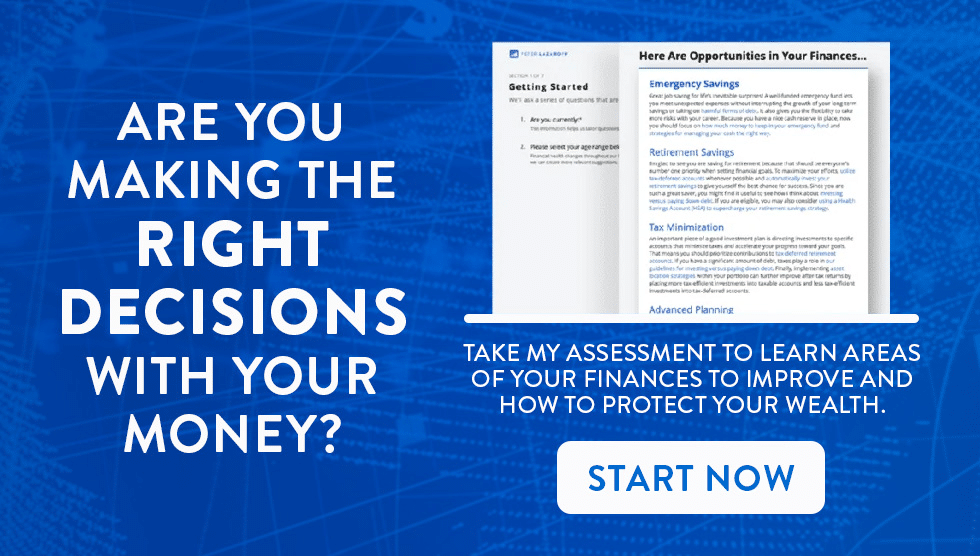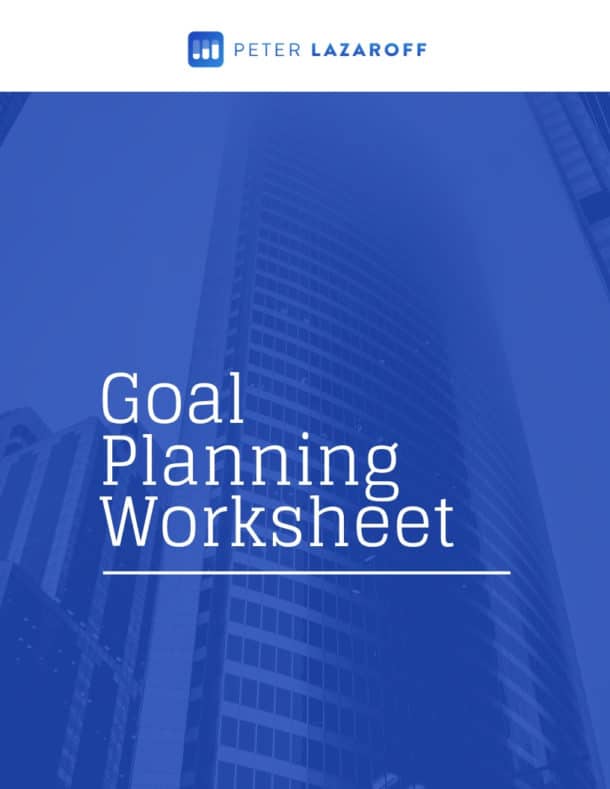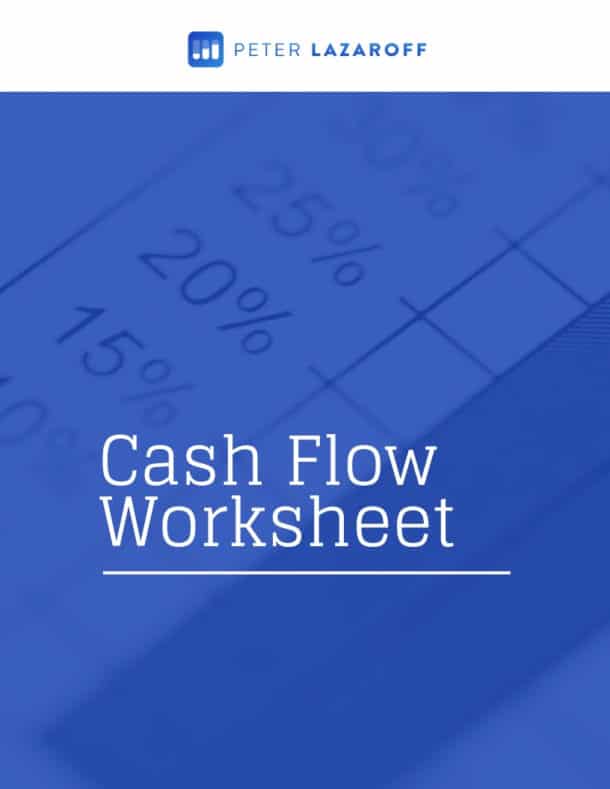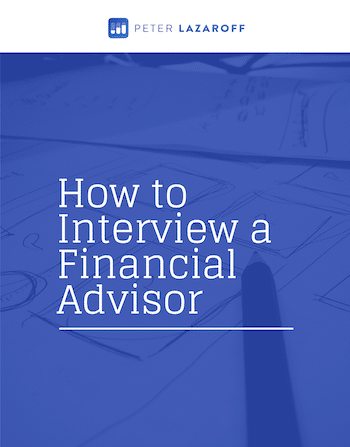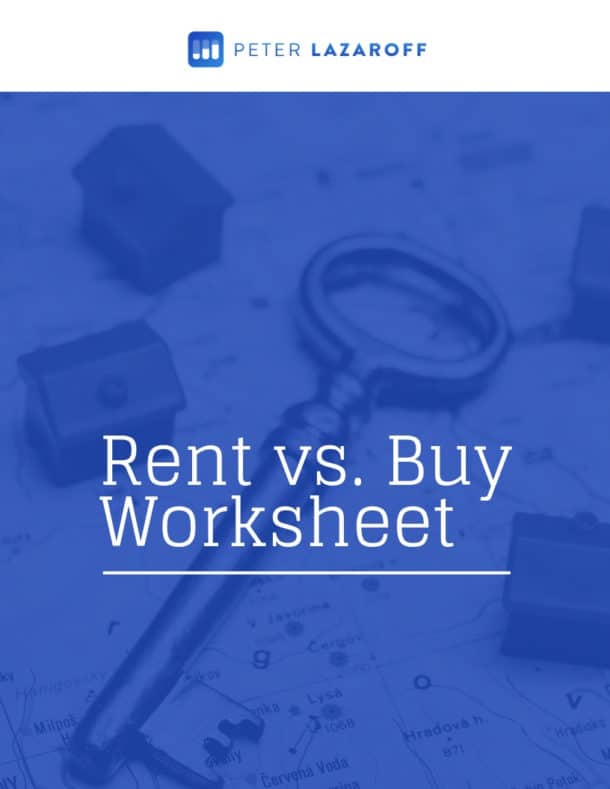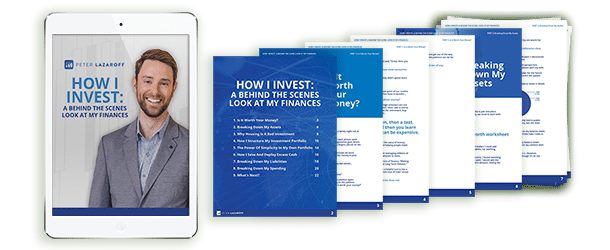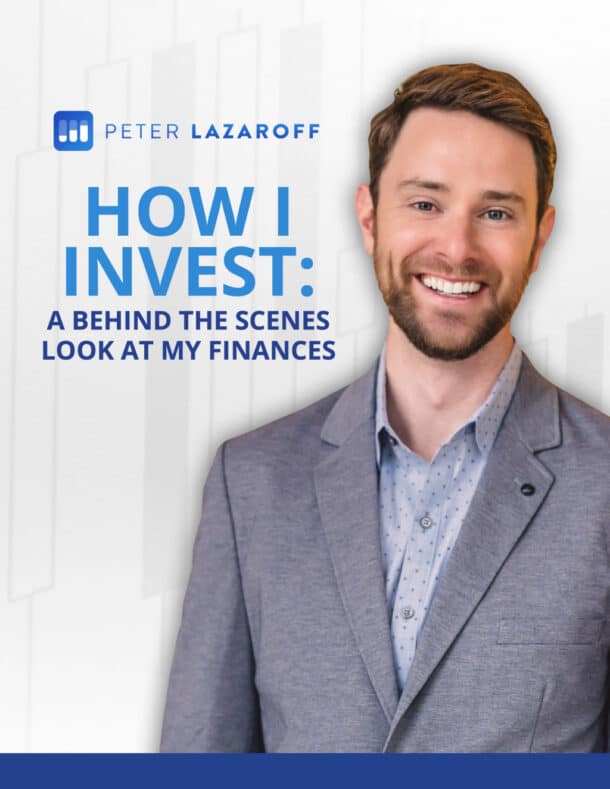In the second episode of a series about student loan debt, I’m joined by Tyler Olson, who provides financial advice and education for early and mid-career physicians.
Listen now and learn:
- How to choose the right repayment plan
- When to refinance vs consolidate loans
- Differences in debt snowball and debt avalanche approach
Watch Now
Listen Now
Show Notes
This is the second episode in a series of episodes on student loans, a topic many high-earning professionals have been asking me about as the student loan payment pause is ending on September 1.
This week, I’m joined by Tyler Olson, who provides financial advice and education for early and mid-career physicians. In this episode, we talk about: how to choose the right repayment plan, when refinancing or consolidating loans is an effective strategy, and whether the debt snowball or debt avalanche approach is best for paying off your loans.
Here are the notes from my conversation…
Understanding Your Student Loan Debt (1:30)
The fundamental issue is that most people do not understand how debt works. As a result, they often kind of ignore it and focus instead on the other aspects of day-to-day life such as a mortgage, car payment, childcare expenses, etc.
High earners seem to understand that saving for retirement is crucial, so that also can get prioritized over student loans in a way that isn’t necessarily optimal.
Read my article How To Decide Whether to Pay Off Student Loans Or Invest to learn more.
Student loan payments need a respected place in a financial plan and the first step is simply getting to know your loans:
- What type of loans do you have (Federal or private)?
- What is the interest rate?
- What repayment options are available?
- What forgiveness options might be available?
Then it’s a matter of choosing the best plan of action based on:
- Your future income
- Your debt burden
- Your profession
- Your cash flow
How to pick the right repayment plan? (4:30)
Tyler provides some general background on the different types of repayment plans, which are compared side-by-side below in the tables on Federal Student Aid, but there is a very new option available called Saving on a Valuable Education (SAVE).
In all instances, these income-driven repayment plans set your monthly payment at an amount that is intended to be affordable based on your income and family size. All of these plans also recalculate the monthly payment amount on an annual basis.
Borrowers on the REPAYE Plan will automatically get the benefits of the new SAVE Plan, which is like other income-drive repayment plans in that it uses your income and family size to determine your monthly payment. However, the SAVE Plan provides a lower monthly payment than any income-driven repayment plan and comes with multiple new features that will go into effect in 2024.
When to Adjust Your Repayment Plan (14:30)
Anytime you have a meaningful change in your income is a good time to review your payment plan.
It’s not uncommon for physicians, for example, to go from a $70,000 income to a $200,000+ income when they get out of residency or a fellowship. In these instances, start by looking at the average interest rate of your federal loans, your ability to pay off that debt, and how many years it will take to pay off.
There are several online calculators that you can use to determine if it makes sense to refinance by comparing your current average interest rate to a private loan interest rate. With this information, you can compare the hypothetical monthly payment to your cash flow.
Download my Cash Flow Worksheet
While online calculators won’t be able to optimize debt paydown with your other financial goals and minimize taxes, a higher income will typically make it more reasonable to pay a financial advisor to assist you with these decisions.
Whether you stay in an income-based plan or refinance to a private loan that you pay down aggressively, there isn’t a one-size-fits-all answer. The right path varies from person to person.
Should You Refinance or Consolidate Your Student Loans? (16:30)
At the beginning of our conversation, we touched on the differences between Federal and private loans.
Federal loans often carry higher interest rates than private loans, but they also have more features that can make your student debt burden less stressful. For example, Federal student loan interest payments have been paused since the pandemic and are only just now about to restart.
Another benefit of Federal loans is they allow you the fallback of an income-driven repayment plan should you lose your job or have an income reduction for any reason. There are also a vast number of forgiveness programs available with Federal loans.
If you plan to pay off your loans and are comfortable about giving up some of the Federal loan fallback features, then refinancing to a private loan with a lower interest rate to save on interest expense has historically been a financially sound decision.
Once you refinance a private loan, you can’t go back to a Federal loan. Because rates have risen quite a bit, the interest rate savings of private loans isn’t always a no-brainer, so you must be sure this makes sense for you.
The benefit of refinancing to a private lender is saving on interest expense. If you aren’t seeking to use a loan forgiveness program and a lower interest rate will help you save money while paying down your debt, then it can be worth it.
Consolidation of federal student loans is very different than refinancing federal student loans.
Federal loan consolidation is a fairly common practice because it’s common to take out a different loan every semester you attend school. So you could potentially have eight loans from undergrad. And if you go to graduate school, you might have as many as 16 different loans.
One benefit of federal loan consolidation is simplicity. Many people would prefer to only have to look at one loan for any number of reasons. It doesn’t save you any money on interest expense and, in fact, it might go up slightly (Tyler suggests roughly an eighth of a percent).
But the bigger benefit of consolidation is for people in high-earning careers who are thinking about going for Public Service Loan Forgiveness (PSLF).
Public Service Loan Forgiveness (PSLF) is a federal program in which student loans are forgiven after 120 payments (10 years) if you’re working in the public sector, which is very broadly defined. You also must use an income-driven repayment plan to qualify for forgiveness, so these payments could be quite high if you’re in a lucrative profession, but this is where consolidation can be particularly beneficial.
By default, the first six months after you graduate school is a grace period in which you don’t get to make qualifying payments toward PSLF. But if you submit a Federal student loan consolidation application as soon as your loans are taken out of what’s called “school status,” then you have the option in that application to jump out of the grace period and begin making qualifying payments as early as two months after graduation.
You might think starting four months sooner isn’t a big deal, but high-earners are frequently making hundreds of thousands of dollars ten years after graduation—so getting in those lower income-driven payments early on could result in significant savings overall.
Debt Snowball vs Debt Avalanche Paydown Plans (22:30)
The debt snowball and debt avalanche are popular strategies for paying down student loans, each with its own approach and benefits.
The debt snowball method involves focusing on paying off the smallest student loan balance first while making minimum payments on all other loans. Once the smallest loan is paid off, you move to the next smallest, creating a “snowball” effect as you gain momentum and motivation from these quick wins. This method is psychologically satisfying and helps build confidence.
On the other hand, the debt avalanche method prioritizes paying off the loan with the highest interest rate first, regardless of the loan balance. By targeting the most expensive debt, you reduce the total interest you’ll pay over time, potentially allowing you to become debt-free faster and save more money in the long run.
The choice between the two methods often comes down to personal preference and financial circumstances. The debt snowball may be more motivating for those who need psychological wins, while the debt avalanche may be more financially efficient, especially if you have loans with high-interest rates.
Both methods require discipline and consistency. Ultimately, the best approach depends on your financial goals, risk tolerance, and ability to stick to the chosen method. It’s essential to assess your unique situation and decide which strategy aligns with your priorities and helps you make significant progress toward becoming debt-free.
Resources:
- The Student Loan Payment Pause Is Ending On September 1 (article)
- Pay Off Student Loans or Invest? Here’s How to Decide (article)
- Federal Student Aid Repayment Plans
- The Benefits Of The New SAVE Plan
- Download: Cash Flow Worksheet
- Public Service Loan Forgiveness (PSLF)
- Programs For Student Loan Forgiveness by Robert Farrington
Submit Your Question For the Podcast
Do you have a financial or investing question you want answered? Submit your question through the “Ask Me Anything” form at the bottom of my podcast page.
If you enjoy the show, you can subscribe wherever you listen to podcasts, and please leave me a review. I read every single one and appreciate you taking the time to let me know what you think.
About the Podcast

Long-term investing made simple. Most people enter the markets without understanding how to grow their wealth over the long term or clearly hit their financial goals. The Long Term Investor shows you how to proactively minimize taxes, hedge against rising inflation, and ride the waves of volatility with confidence.
Hosted by the advisor, Chief Investment Officer of Plancorp, and author of “Making Money Simple,” Peter Lazaroff shares practical advice on how to make smart investment decisions your future self with thank you for. A go-to source for top media outlets like CNBC, the Wall Street Journal, and CNN Money, Peter unpacks the clear, strategic, and calculated approach he uses to decisively manage over 5.5 billion in investments for clients at Plancorp.
Support the Show
Thank you for being a listener to The Long Term Investor Podcast. If you’d like to help spread the word and help other listeners find the show, please click here to leave a review.
Free Financial Assessment
Do you want to make smart decisions with your money? Discover your biggest opportunities in just a few questions with my Financial Wellness Assessment.
